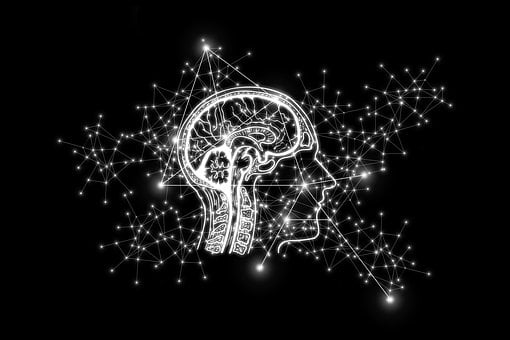



Artificial intelligence (AI) is a groundbreaking field within computer science that is set to become an essential element of various emerging technologies, including big data, robotics, and the Internet of Things (IoT). Over the next few years, AI will continue to drive technological innovation. What once existed only in science fiction has swiftly transformed into reality. Smart machines that assist humans are now part of our everyday lives, marking a significant step toward a future filled with AI.
AI offers valuable benefits by streamlining and enhancing the work of clinicians and healthcare staff. Many repetitive tasks are likely to see full automation, allowing AI to help professionals improve their performance and patient outcomes.
In the healthcare sector, the future applications of AI could range from basic functions like answering phone calls to more complex tasks, including reviewing medical records, assessing population health trends, creating therapeutic drugs and devices, interpreting radiological images, making clinical diagnoses, and even engaging in conversations with patients.
The landscape of technology is increasingly influenced by artificial intelligence, which is embedding itself deeper into our daily lives. Companies leverage AI to make swift, informed decisions and innovate new products and services more cost-effectively.
Forecasts suggested that by the end of 2022, businesses would have developed around 35 AI projects tailored to specific objectives. The average annual growth rate of artificial intelligence stands at an impressive 44 percent, translating to approximately $9 billion. Recent years have witnessed substantial advancements in AI technology, resulting in several critical breakthroughs. Let’s delve into some notable trends in this field.
As AI technologies evolve, the future of technology appears promising. Numerous innovative AI concepts are emerging, aimed at simplifying and optimizing everyday life. AI is also being tailored for specific applications, such as medical diagnoses and self-driving vehicles. In this article, we will explore three significant advancements within the realm of artificial intelligence.
One of the key advancements involves the development of new chips that enhance the speed at which deep neural networks operate. These chips facilitate more efficient training of models for recognizing images, speech, and text. Though many of these changes remain under the radar for the general public, industry professionals increasingly recognize the growing power of newer, high-performance deep learning chips.
Since AI is exceptionally resource-intensive, deep learning and other algorithms require robust computational power. Recent progress in computing technology has enabled chips to process data faster, significantly benefiting AI advancement.
The emergence of new AI concepts—such as reinforcement learning, generative adversarial networks, and program synthesis—marks a second major development. These innovative ideas continuously evolve, growing more sophisticated and powerful. For instance, there are now neural networks capable of translating languages and solving mathematical problems without human guidance, a milestone that was previously unprecedented.
Today’s artificial intelligence systems can interpret human emotions and respond accordingly. This has led to significant transformations in system design and adaptability to modern life. Moreover, AI can now predict human behavior; some systems can identify when someone is lying, for instance.
These three breakthroughs hold importance for several reasons. Firstly, they highlight the potential for AI to contribute positively to society, possibly even saving lives and reducing crime rates in the future. Secondly, they enable us to predict future trends and events through AI-driven forecasting models. Lastly, they enhance our understanding of human behavior, allowing for improved customer service by tailoring responses to people’s needs.
Deep learning represents the pinnacle of AI technology to date. This technique involves training machines using a variety of data inputs, enabling them to make decisions, solve problems, and perform tasks independently over time based on the provided datasets.